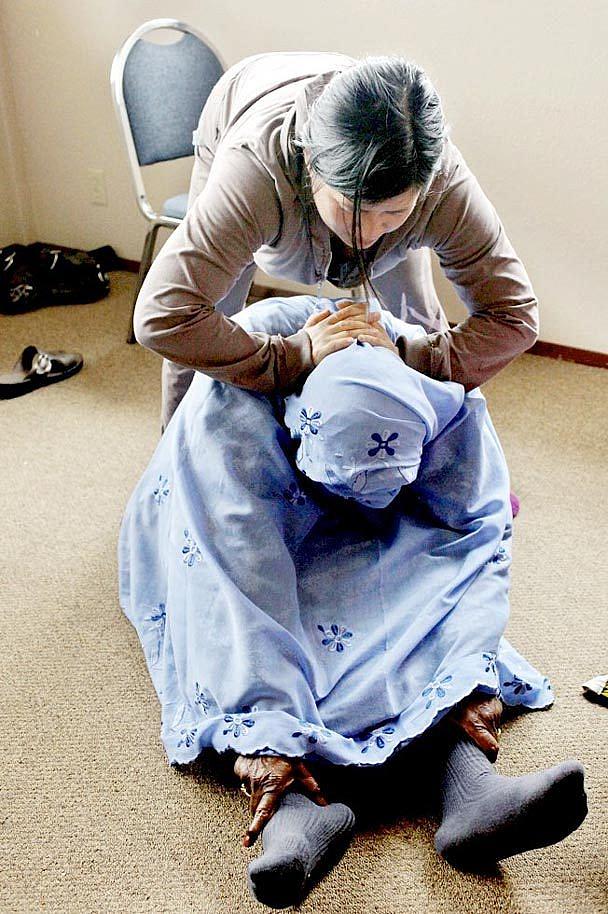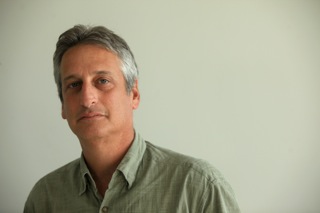Students Report Locally on Global Health

Seattle Times assistant managing editor Jim Simon teaches an unusual class at the University of Washington. His undergraduate students, without budgets or travel, are reporting on global health issues.
 "We think of global health as global, as being out there," Simon (left) said in a phone conversation. "So who would know there's a leprosy clinic in Seattle?"
"We think of global health as global, as being out there," Simon (left) said in a phone conversation. "So who would know there's a leprosy clinic in Seattle?"
His students are learning to bring global health stories home. The Gates Foundation's Global Health Program, which has a $1.5 billion annual budget, is based in Seattle, giving students a good entrée into the subject.
But Simon wanted his students to go beyond talking to nonprofits and do "real reporting." He and co-teacher Prof. Roger Simpson challenged their students to find local angles for big global health stories. The students designed and pursued ambitious reporting projects over 10-week quarters to cover global health by accessing immigrant and refugee communities in Seattle.
The class was first offered in spring of 2010 and then again this year, this time co-taught by Simon and health journalist Joanne Silberner. Each class had fewer than 15 students. Last year, eight student projects were published. Rachel Solomon, who took the class twice, wrote about the leprosy clinics for her first project. The story was published in the Seattle Times and laid bare the extreme stigma attached to the condition.
Solomon wrote in an email that she learned that there is "a delicate balance between being a reporter and just being human." Student journalists – indeed, all journalists – have to learn to be transparent and patient with sources who often mistrust the media and have a lot to lose by telling their stories.
"What does informed consent really mean?" Simon asked his students. "Are sources really aware of the consequences of being in the paper?"
"I had to overcome the suspicions of a nurse who was hesitant about having her program featured in a newspaper and a Somali community that did not trust journalists generally," he wrote.
His project also ran in the Seattle Times with photos, such as the one at left, by Erika Shultz.
Solomon graduated in June and spent a few months producing a morning radio show on a commercial station. But her real passion lies in public radio, so she left her job to freelance and work part-time for National Public Radio affiliate.
"A while back, I decided I definitely did not want to go the 'traditional' journalism route that they tended to talk about in my classes -- i.e., get your first job at a small paper, then move to a medium paper, then to a large daily newspaper," Solomon wrote in an email. "Anyone graduating with a journalism degree today can't expect to have that traditional career progression, either, with the current state of the business."
Doughman is now looking for a job in journalism and would like to do more of the kind of reporting he did in Simon and Simpson's class. He writes, "Seattle may be fortunate enough to have a diverse population with a robust global health community, but I think I can do this kind of story in any community."
Do you want to identify and craft local global health stories? The "Reporting Global Health" class syllabus provides resources and ideas.
More on global health reporting:
The Future of Global Health Journalism
Samuel Loewenberg: Making a Living Covering Global Health
Useful Resources: Global Health
One Year Later: A former Seattle Post-Intelligencer reporter's new journalism career

